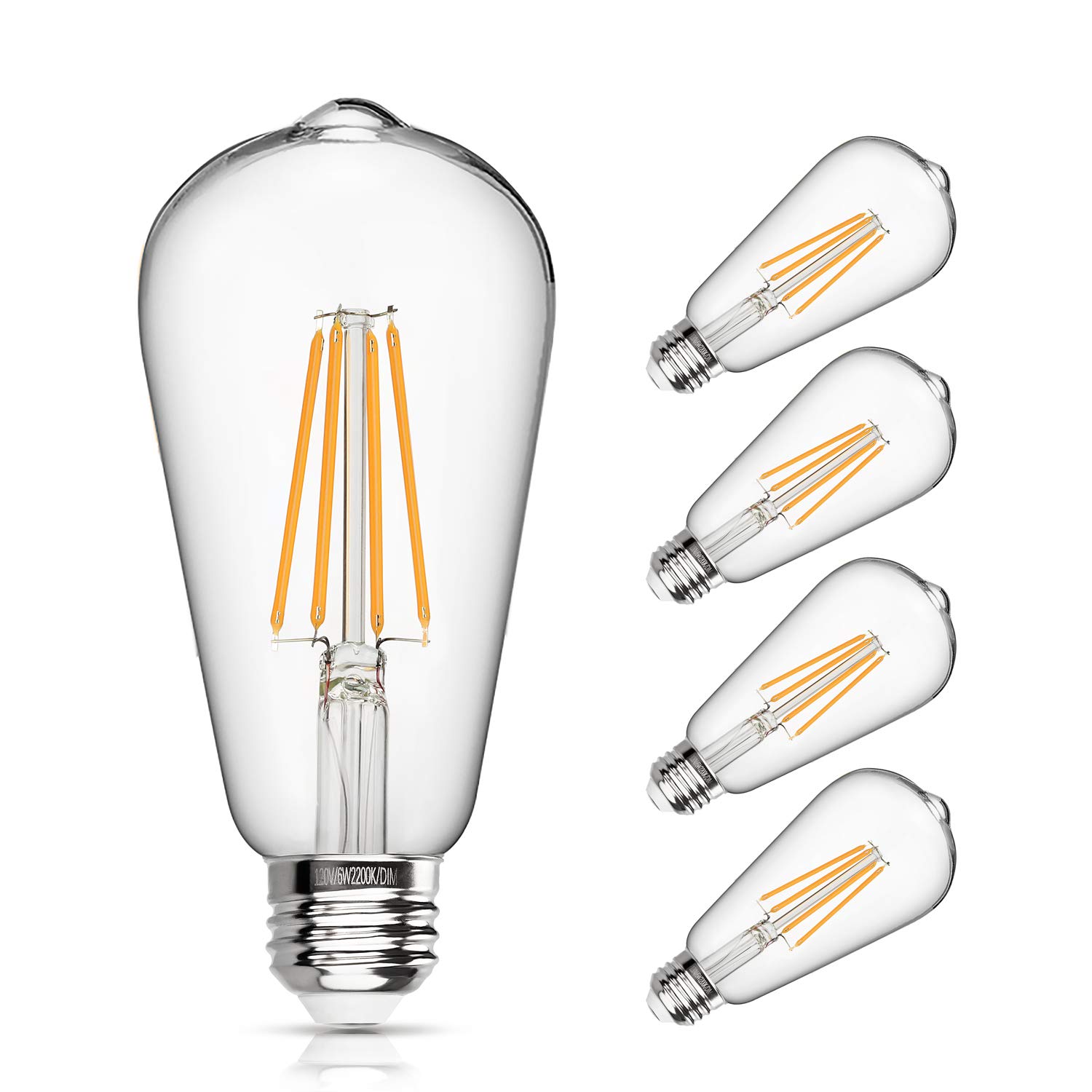

Articles
What Is Lowest Watt LED Bulb
Modified: August 25, 2024
Discover the benefits of using low wattage LED bulbs and learn what makes them the perfect choice for energy-efficient lighting. Read our informative articles on the lowest watt LED bulbs available in the market.
(Many of the links in this article redirect to a specific reviewed product. Your purchase of these products through affiliate links helps to generate commission for Storables.com, at no extra cost. Learn more)
Introduction
In recent years, there has been a growing focus on energy efficiency and sustainability. As a result, there has been a surge in the popularity of LED lighting solutions. LED bulbs are known for their longevity, durability, and energy-saving capabilities. However, not all LED bulbs are created equal. There are various wattages available, including low watt LED bulbs that offer even greater energy efficiency. But what exactly is a low watt LED bulb, and what are the advantages of using them?
A low watt LED bulb refers to an LED bulb that consumes a relatively low amount of electricity compared to traditional incandescent bulbs. In the past, incandescent bulbs were commonly used in households and businesses, but they were highly inefficient, converting a significant portion of the electricity into heat rather than light. LED bulbs, on the other hand, are much more energy-efficient, as they convert a larger percentage of the electrical energy into light.
The wattage of a light bulb indicates the amount of power it consumes, and low watt LED bulbs typically have wattages ranging from 3 to 7 watts. While these bulbs may have lower wattages, they can still produce the same, if not brighter, illumination as higher wattage incandescent bulbs. This is mainly due to the more efficient use of energy and advanced technology used in LED lighting.
In the following sections, we will explore the advantages of using low watt LED bulbs, factors to consider when choosing them, common misconceptions about their brightness, and the energy efficiency and cost savings associated with these bulbs. We will also touch on their environmental benefits, as low watt LED bulbs contribute significantly to reducing carbon emissions and waste. So, if you are looking to make a sustainable and cost-effective lighting choice, low watt LED bulbs may be the perfect solution for you.
Key Takeaways:
- Low watt LED bulbs offer exceptional energy efficiency, long lifespan, and brightness comparable to incandescent bulbs, providing cost savings and environmental benefits. Make the switch for a greener and more sustainable lighting solution.
- Consider factors like lumens, color temperature, and compatibility when choosing low watt LED bulbs. Enjoy energy savings, reduced environmental impact, and customizable lighting options for a brighter, more efficient space.
Read more: What Is The Lowest Watt Light Bulb
Definition of a low watt LED bulb
A low watt LED bulb refers to an LED light bulb that has a relatively low power consumption compared to traditional incandescent bulbs. Wattage is a measurement of the amount of power a light bulb consumes, and low watt LED bulbs typically have wattages ranging from 3 to 7 watts. This is significantly lower than the wattage of incandescent bulbs, which can range from 40 watts to 100 watts or more.
Low watt LED bulbs achieve their energy efficiency through the use of light-emitting diodes (LEDs) as their light source. LEDs are semiconductor devices that emit light when an electrical current passes through them. Unlike incandescent bulbs, which rely on a filament to produce light, LEDs do not produce as much heat and convert a higher percentage of energy into light.
In addition to their low power consumption, low watt LED bulbs also have a long lifespan compared to incandescent bulbs. While incandescent bulbs typically last for around 1,000 hours, LED bulbs have an average lifespan of 25,000 to 50,000 hours, depending on the quality and usage. This extended lifespan translates to fewer bulb replacements, resulting in cost savings and reduced waste.
Another defining characteristic of low watt LED bulbs is their ability to produce high-quality light. LED technology has advanced significantly over the years, and modern LED bulbs can provide a wide range of color temperatures and color rendering capabilities. This means that low watt LED bulbs can produce light that closely resembles natural daylight, resulting in better visibility and color accuracy.
Low watt LED bulbs come in various shapes and sizes, making them suitable for a range of applications. From traditional A-shape bulbs for general lighting to recessed downlights, track lighting, and decorative fixtures, there is a low watt LED bulb available for almost any lighting need.
In summary, a low watt LED bulb is an energy-efficient lighting solution that consumes significantly less power than traditional incandescent bulbs. It offers a longer lifespan, high-quality light, and versatility in terms of its application. By choosing low watt LED bulbs, you can enjoy the benefits of energy savings, reduced environmental impact, and long-lasting illumination.
Advantages of using low watt LED bulbs
Low watt LED bulbs offer a multitude of advantages compared to traditional incandescent bulbs. Here are some of the key benefits of using low watt LED bulbs:
- Energy efficiency: Perhaps the most significant advantage of low watt LED bulbs is their exceptional energy efficiency. LED technology allows these bulbs to convert a higher percentage of electrical energy into light, resulting in less energy wasted as heat. Switching to low watt LED bulbs can significantly reduce your electricity consumption and lower your energy bills.
- Long lifespan: Low watt LED bulbs have an impressively long lifespan. On average, they can last up to 25,000 to 50,000 hours, depending on the quality and usage. This durability ensures that you won’t have to replace bulbs as frequently, saving you money and reducing waste.
- Brightness: Despite their lower wattage, low watt LED bulbs can provide similar or even brighter illumination compared to higher wattage incandescent bulbs. This is because LEDs are exceptionally efficient at converting electrical energy into light. Therefore, you can achieve the same level of brightness while consuming less power.
- Instantaneous lighting: Low watt LED bulbs offer instant lighting as soon as they are turned on. Unlike some other energy-efficient lighting options, such as CFL bulbs, LED bulbs do not require any warm-up time. Whether you need bright light in a workspace or cozy ambiance in a living space, LED bulbs provide immediate illumination.
- Directional light: LED bulbs emit directional light, which means they can be designed to focus light in a specific direction. This feature makes them ideal for task lighting or accent lighting, where you want to direct the light precisely where you need it. This focused illumination reduces energy waste by avoiding light spillage into unwanted areas.
- Wide color range and dimming capabilities: Low watt LED bulbs offer a wide range of color temperatures, from warm white to cool white, allowing you to customize the lighting ambiance in your space. Additionally, many LED bulbs are dimmable, allowing you to adjust the brightness to suit your needs and create the desired mood.
Overall, low watt LED bulbs provide superior energy efficiency, long lifespan, brightness, instant lighting, directional light, and customizable lighting options. By making the switch to low watt LED bulbs, you can not only save energy and money but also enjoy a more versatile and environmentally friendly lighting solution.
Factors to consider when choosing a low watt LED bulb
When it comes to selecting a low watt LED bulb, there are several factors to consider to ensure you make the right choice for your lighting needs. Here are some key factors to keep in mind:
- Lumens: Lumens measure the brightness of a light bulb. When choosing a low watt LED bulb, it’s essential to consider the lumen output, as it determines how bright the bulb will be. Look for bulbs with higher lumens if you need brighter lighting, and lower lumens for a softer ambiance.
- Color temperature: Color temperature refers to the perceived warmth or coolness of the light produced by the bulb. It is measured in Kelvin (K). Lower color temperatures, such as 2700K, produce a warm, yellowish light, similar to traditional incandescent bulbs. Higher color temperatures, such as 5000K, produce a cool, bluish-white light, resembling daylight. Choose a color temperature that suits the desired atmosphere of the space.
- Color rendering index (CRI): The CRI measures how accurately a light source renders colors compared to natural daylight. It is rated on a scale of 0 to 100, with 100 being the highest. For tasks that require accurate color representation, such as artwork or makeup application, choose a low watt LED bulb with a high CRI for better color fidelity.
- Beam angle: The beam angle determines the spread of light from the bulb. Bulbs with narrower beam angles produce more focused and concentrated light, ideal for task lighting or highlighting specific objects or areas. Bulbs with wider beam angles provide more diffused light, suitable for general lighting or larger spaces.
- Compatibility: Before purchasing a low watt LED bulb, ensure that it is compatible with your existing fixtures. LED bulbs come in various base types, such as E26, E12, GU10, and more. Check the specifications of your fixtures to ensure compatibility with the bulb’s base type and size.
- Dimmability: If you have dimmer switches in your space and desire the ability to adjust the brightness, choose a low watt LED bulb that is specifically labeled as dimmable. Not all LED bulbs are dimmable, so ensure compatibility with your dimmer switches if this feature is essential to you.
- Brand and quality: Opt for reputable brands that offer high-quality LED bulbs. While they may be slightly more expensive, they often provide better performance, longer lifespans, and warranties to ensure customer satisfaction.
Considering these factors will help you select the right low watt LED bulb that meets your lighting requirements, whether it’s for general lighting, accent lighting, or task lighting. By exploring the different options available and understanding your specific needs, you can make an informed decision and enjoy the benefits of efficient and quality lighting.
Common misconceptions about low watt LED bulbs
Low watt LED bulbs have gained immense popularity due to their energy efficiency and long lifespan. However, there are still some common misconceptions surrounding these bulbs. Let’s debunk a few of these misconceptions:
- Low wattage means low brightness: One of the most prevalent misconceptions is that low watt LED bulbs are not as bright as higher wattage incandescent bulbs. In reality, LED technology has advanced significantly, allowing low watt LED bulbs to produce the same, if not brighter, levels of illumination as higher wattage incandescent bulbs. The brightness of a bulb is determined by its lumen output, not its wattage.
- LED bulbs don’t offer warm light: Another misconception is that LED bulbs only produce cool, harsh lighting and lack the warm glow of traditional incandescent bulbs. However, LED bulbs come in a variety of color temperatures, including warm white options that closely resemble the warmth of incandescent light. By choosing the right color temperature, you can create a cozy and inviting atmosphere in your space.
- All LED bulbs are the same: This misconception assumes that all LED bulbs offer the same quality and performance. In reality, the quality of LED bulbs can vary significantly depending on the brand, manufacturing process, and design. It’s important to choose LED bulbs from reputable manufacturers who prioritize quality control and provide warranties to ensure customer satisfaction.
- LED bulbs are expensive: While the upfront cost of LED bulbs may be higher compared to incandescent bulbs, the long-term cost savings outweigh the initial investment. LED bulbs consume significantly less energy, resulting in lower electricity bills. Additionally, their extended lifespan means fewer bulb replacements, saving you money in the long run.
- LED bulbs emit harmful radiation: Some people mistakenly believe that LED bulbs emit harmful ultraviolet (UV) radiation. However, LED bulbs do not emit significant amounts of UV radiation, making them safe for everyday use. It’s important to purchase LED bulbs from reputable brands that adhere to safety standards and ensure their products are free from harmful emissions.
- LED bulbs cannot be dimmed: While not all LED bulbs are dimmable, many low watt LED bulbs are specifically designed to be compatible with dimmer switches. It’s essential to check the product specifications to ensure that the LED bulb you choose is dimmable if this feature is important to you.
By debunking these common misconceptions, it’s clear that low watt LED bulbs provide excellent lighting quality, energy efficiency, and versatility. Understanding the true capabilities of LED bulbs can help you make informed decisions when selecting the right lighting solution for your needs.
When looking for the lowest watt LED bulb, consider the lumen output rather than the wattage. Look for bulbs with high lumens and low wattage for energy efficiency.
Read more: What LED Bulb Is Equivalent To 60 Watts
How to choose the right brightness for a low watt LED bulb
Choosing the right brightness level for a low watt LED bulb is crucial to ensure that your lighting needs are met. The brightness of a bulb is measured in lumens, and different spaces and activities require varying levels of illumination. Here are some steps to help you choose the right brightness for your low watt LED bulb:
- Consider the room and its function: Think about the purpose of the room where the LED bulb will be installed. Different activities require different levels of brightness. For example, a workspace, such as a home office, may require brighter lighting to aid concentration and productivity. On the other hand, a bedroom or living room may benefit from softer, more ambient lighting.
- Assess the natural lighting in the room: Take into account the amount of natural light that enters the room during the day. Rooms with ample natural light may not require as much brightness from artificial lighting sources. If natural light is limited, you may need a higher lumen output from your LED bulb to adequately illuminate the space.
- Understand lumens and wattage: Familiarize yourself with the relationship between lumens and wattage. While wattage measures the power consumption of the bulb, lumens indicate the brightness it produces. As a general rule of thumb, a low watt LED bulb with approximately 450 to 800 lumens is suitable for ambient and general lighting needs, while higher lumen outputs, ranging from 1000 to 1500 lumens or more, may be required for task lighting, such as reading or detailed work.
- Use lighting calculators or reference guides: Lighting calculators and reference guides can be valuable tools in determining the appropriate brightness for a space. These tools take into account factors such as room size, ceiling height, and the desired light level to recommend the ideal lumen output for your low watt LED bulb.
- Experiment with different brightness levels: If you’re uncertain about the exact brightness needed, you can start with a low watt LED bulb with adjustable brightness or try a few different bulbs with varying lumen outputs to see which provides the desired illumination. This allows you to personalize the lighting in your space and find the perfect balance between brightness and energy efficiency.
- Consider dimmability: If you desire flexibility in adjusting the brightness according to different activities or moods, opt for a low watt LED bulb that is labeled as dimmable. Dimmable LED bulbs allow you to customize the lighting level, providing both bright task lighting and soft ambient lighting options.
By considering the room function, natural lighting, lumens, and wattage, and using lighting calculators or experimenting with different bulbs, you can choose the right brightness for your low watt LED bulb. Remember, finding the perfect balance between brightness and energy efficiency will enhance the ambiance and functionality of your space while reducing energy consumption.
Comparison of low watt LED bulbs with traditional incandescent bulbs
Low watt LED bulbs and traditional incandescent bulbs have distinct differences in terms of energy efficiency, lifespan, brightness, and environmental impact. Let’s compare these two types of bulbs to understand their advantages and disadvantages:
- Energy efficiency: Low watt LED bulbs are significantly more energy-efficient than traditional incandescent bulbs. Incandescent bulbs waste a large portion of their energy as heat, whereas LED bulbs convert a higher percentage of electrical energy into light. As a result, low watt LED bulbs can provide the same or even brighter illumination while consuming much less electricity.
- Lifespan: Low watt LED bulbs have a considerably longer lifespan compared to incandescent bulbs. While incandescent bulbs typically last around 1,000 hours, LED bulbs can last 25,000 to 50,000 hours. This extended lifespan means fewer bulb replacements, saving both time and money in the long run.
- Brightness: Despite consuming fewer watts, low watt LED bulbs can produce the same, if not brighter, levels of illumination as incandescent bulbs. LED technology has advanced to the point where LED bulbs can provide the desired brightness while still consuming less energy than their incandescent counterparts.
- Environmental impact: Low watt LED bulbs are considered more environmentally friendly than incandescent bulbs. LED bulbs do not contain toxic substances like mercury, which is present in incandescent bulbs. Additionally, LED bulbs produce significantly lower carbon emissions and reduce the demand for electricity, resulting in a smaller environmental footprint.
- Cool operation: Low watt LED bulbs operate at much lower temperatures than incandescent bulbs. Incandescent bulbs generate a significant amount of heat, making them inefficient and potentially hazardous. LED bulbs remain cool to the touch, reducing the risk of burns and fire hazards.
- Instant lighting: Low watt LED bulbs offer immediate lighting when switched on, whereas incandescent bulbs require a short warm-up time. LED bulbs provide instant brightness, making them convenient for areas where immediate lighting is needed.
- Variety of options: Low watt LED bulbs come in a wide range of shapes, sizes, and color temperatures, providing versatility for various lighting needs. On the other hand, incandescent bulbs have limited options in terms of size and color temperature.
In summary, low watt LED bulbs excel in energy efficiency, lifespan, brightness, environmental impact, cool operation, instant lighting, and versatility. While incandescent bulbs have been the traditional choice for many years, the widespread adoption of low watt LED bulbs is evident due to their numerous benefits. Making the switch to low watt LED bulbs can lead to significant energy savings, cost reductions, and a more sustainable lighting solution.
Energy efficiency and cost savings of low watt LED bulbs
Low watt LED bulbs are renowned for their exceptional energy efficiency, making them a cost-effective lighting solution in the long run. Let’s explore how low watt LED bulbs contribute to energy savings and cost reductions:
- Reduced energy consumption: Low watt LED bulbs consume significantly less energy compared to traditional incandescent bulbs. LED technology allows these bulbs to convert a higher percentage of electrical energy into light, minimizing energy loss as heat. A low watt LED bulb can provide the same level of brightness as a higher wattage incandescent bulb while consuming only a fraction of the electricity.
- Long lifespan: Low watt LED bulbs have an impressively long lifespan, typically lasting 25,000 to 50,000 hours. In contrast, incandescent bulbs have a much shorter lifespan of about 1,000 hours. This extended lifespan translates into fewer bulb replacements, saving both time and money in purchasing and installation costs.
- Lower maintenance costs: Due to their longevity, low watt LED bulbs require minimal maintenance compared to incandescent bulbs. You won’t have to change LED bulbs as frequently, reducing the costs associated with buying and installing new bulbs. This is particularly advantageous in large commercial spaces or areas where changing bulbs is labor-intensive.
- Energy bill savings: The reduced energy consumption of low watt LED bulbs leads to substantial energy bill savings over time. By replacing incandescent bulbs with low watt LED bulbs throughout your home or business, you can significantly lower your electricity usage and subsequently reduce your energy bills. The exact amount of savings depends on factors such as the number of bulbs, usage patterns, and electricity rates.
- Return on investment (ROI): Although low watt LED bulbs may have a higher upfront cost compared to incandescent bulbs, their energy efficiency and long lifespan provide a considerable return on investment. The cost savings achieved through reduced energy bills and fewer bulb replacements typically outweigh the initial investment in LED bulbs. As a result, the ROI is generally realized within a relatively short period.
- Rebates and incentives: Many governments and utility companies offer rebates and incentives to encourage the adoption of energy-efficient lighting. These programs can further reduce the cost of purchasing low watt LED bulbs, making them an even more economical option. Be sure to check the availability of such programs in your area to take advantage of potential savings.
In summary, low watt LED bulbs deliver exceptional energy efficiency and provide substantial cost savings in various ways. From reduced energy consumption and lower maintenance costs to long-term energy bill savings and favorable ROIs, these bulbs offer an environmentally friendly and economically viable lighting solution. By making the switch to low watt LED bulbs, you can enjoy the benefits of energy efficiency while contributing to a greener and more sustainable future.
Environmental benefits of using low watt LED bulbs
Low watt LED bulbs offer a range of environmental benefits compared to traditional incandescent bulbs. Let’s explore how these bulbs contribute to a greener and more sustainable future:
- Reduced energy consumption: Low watt LED bulbs consume significantly less energy than incandescent bulbs, resulting in lower electricity usage. By using less energy, these bulbs help to reduce the demand for fossil fuel-based power generation. This, in turn, leads to a decrease in greenhouse gas emissions, helping combat climate change and air pollution.
- Lower carbon emissions: LED bulbs produce fewer carbon emissions compared to incandescent bulbs. Since electricity generation is a major source of carbon dioxide emissions, reducing energy consumption through the use of low watt LED bulbs helps to mitigate the negative impact on the environment. By choosing LED bulbs, you are actively contributing to the reduction of your carbon footprint.
- Longer lifespan: Low watt LED bulbs have an exceptionally long lifespan compared to incandescent bulbs. This means fewer bulbs are used and discarded, thereby reducing waste. Over time, the extended lifespan of LED bulbs results in fewer resources being consumed in the manufacturing and disposal processes.
- Mercury-free: Unlike some other energy-efficient lighting options, such as compact fluorescent bulbs (CFLs), low watt LED bulbs do not contain mercury. Incandescent bulbs, on the other hand, contain small amounts of mercury, which can be released into the environment if improperly disposed of. By using LED bulbs, you eliminate the risk of mercury pollution and contribute to a cleaner and safer environment.
- Minimal heat generation: LED bulbs generate significantly less heat compared to incandescent bulbs. This reduces the cooling load on air conditioning systems, leading to additional energy savings. By using low watt LED bulbs, you can indirectly contribute to a more energy-efficient and sustainable cooling system in your home or workplace.
- Recyclability: LED bulbs are more easily recyclable compared to incandescent bulbs. The materials used in LED bulbs, such as aluminum and glass, can be recycled and reused in the manufacturing of new products. Proper disposal and recycling of LED bulbs ensure that valuable resources are recovered, reducing the need for raw material extraction and minimizing waste sent to landfills.
In summary, low watt LED bulbs provide several environmental benefits that contribute to a more sustainable future. By reducing energy consumption, carbon emissions, and waste, these bulbs help combat climate change, air pollution, and resource depletion. Additionally, their mercury-free composition and recyclability make them a safer and more eco-friendly lighting choice. By adopting low watt LED bulbs, you can play your part in protecting the environment while enjoying the long-lasting, energy-efficient illumination they provide.
Read more: What LED Bulb Is Equivalent To 40 Watts
Conclusion
Low watt LED bulbs offer a multitude of benefits in terms of energy efficiency, cost savings, and environmental impact. These bulbs provide an energy-efficient lighting solution with their ability to convert a higher percentage of electrical energy into light, resulting in reduced energy consumption and lower electricity bills. Moreover, their extended lifespan means less frequent bulb replacements, which saves both time and money.
Compared to traditional incandescent bulbs, low watt LED bulbs excel in terms of brightness, offering the same or even brighter illumination while consuming significantly less power. They also operate at lower temperatures, ensuring safety and reducing the load on cooling systems. With the availability of various color temperatures and dimmability options, you can create the desired ambiance for any room or activity.
From an environmental standpoint, low watt LED bulbs are a greener choice. They contribute to a reduction in carbon emissions by utilizing less electricity, helping combat climate change and air pollution. LED bulbs are also free of mercury and other harmful substances, making them safer for both humans and the environment. Furthermore, their recyclability ensures the recovery of valuable materials, minimizing waste and resource depletion.
By considering factors such as lumens, color temperature, and compatibility, you can choose the right low watt LED bulb that suits your needs and preferences. The initial investment in low watt LED bulbs is offset by the long-term benefits of energy savings, cost reductions, and a decreased environmental footprint. Additionally, many governments and utility companies offer rebates and incentives to encourage the use of energy-efficient lighting, further enhancing the affordability of low watt LED bulbs.
In conclusion, low watt LED bulbs are a worthwhile investment for anyone seeking energy-efficient, cost-effective, and environmentally friendly lighting solutions. By making the switch from traditional incandescent bulbs to low watt LED bulbs, you not only enjoy the benefits of superior lighting quality and durability but also contribute to a more sustainable future. So, take the initiative and embrace the advantages of low watt LED bulbs for a brighter, greener, and more efficient tomorrow.
Frequently Asked Questions about What Is Lowest Watt LED Bulb
Was this page helpful?
At Storables.com, we guarantee accurate and reliable information. Our content, validated by Expert Board Contributors, is crafted following stringent Editorial Policies. We're committed to providing you with well-researched, expert-backed insights for all your informational needs.
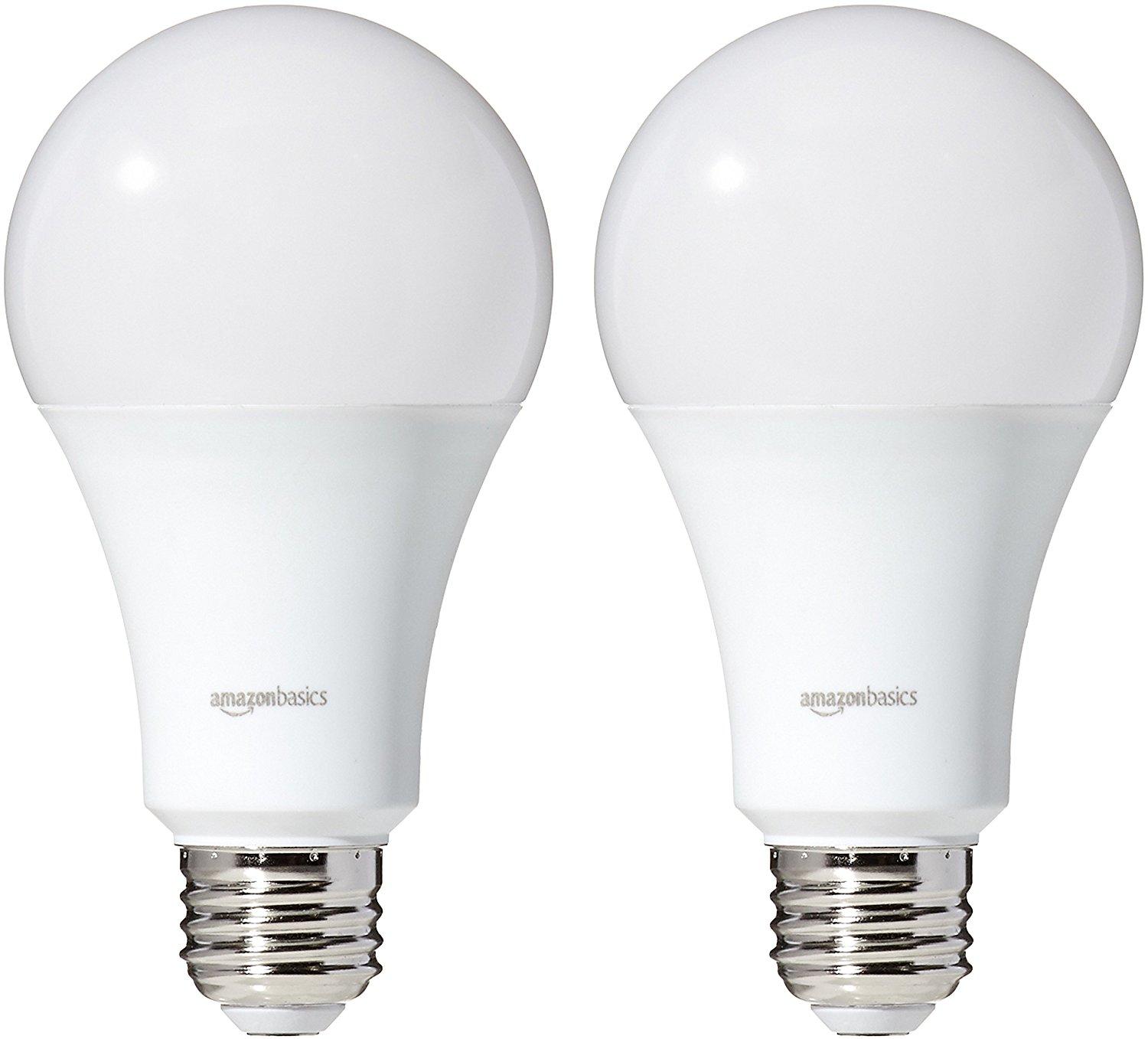
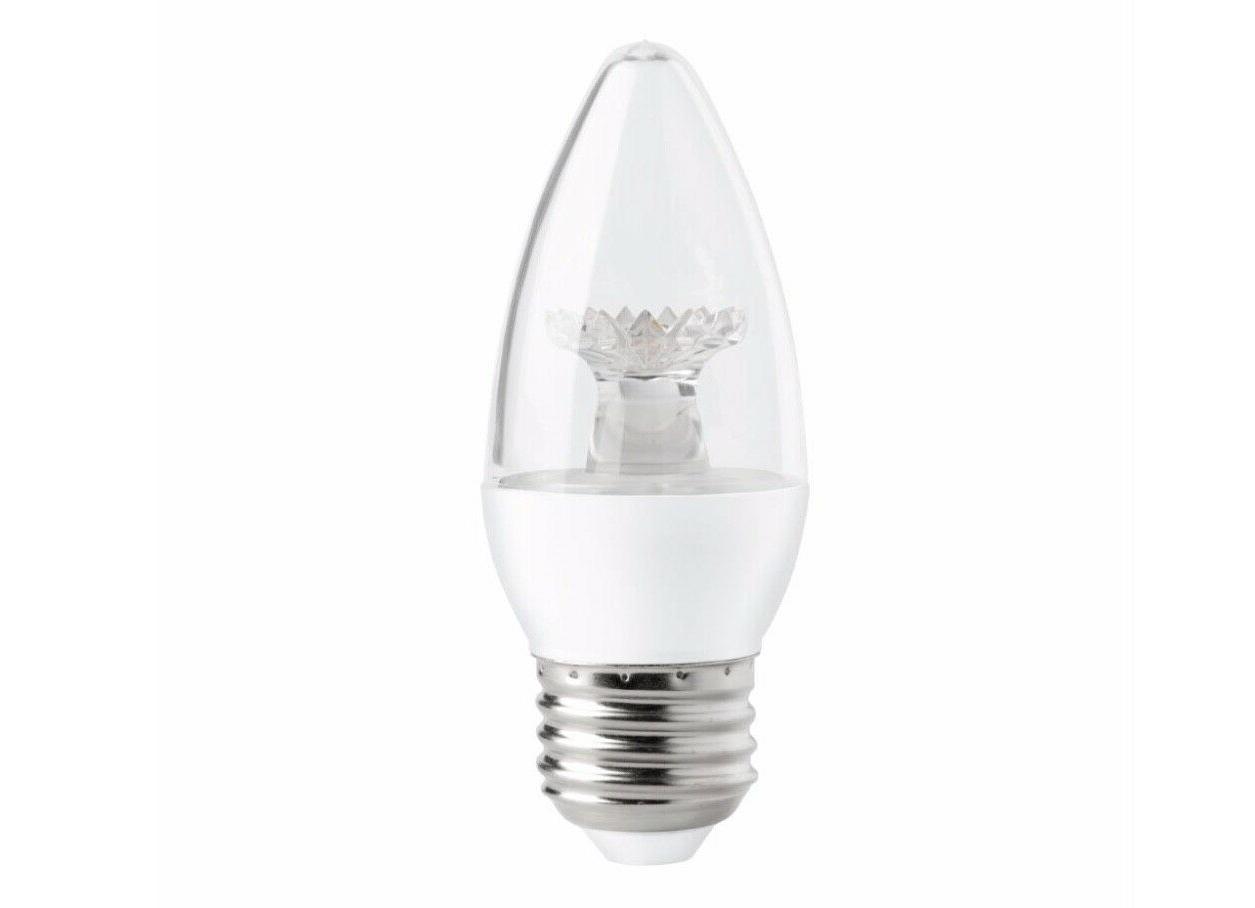
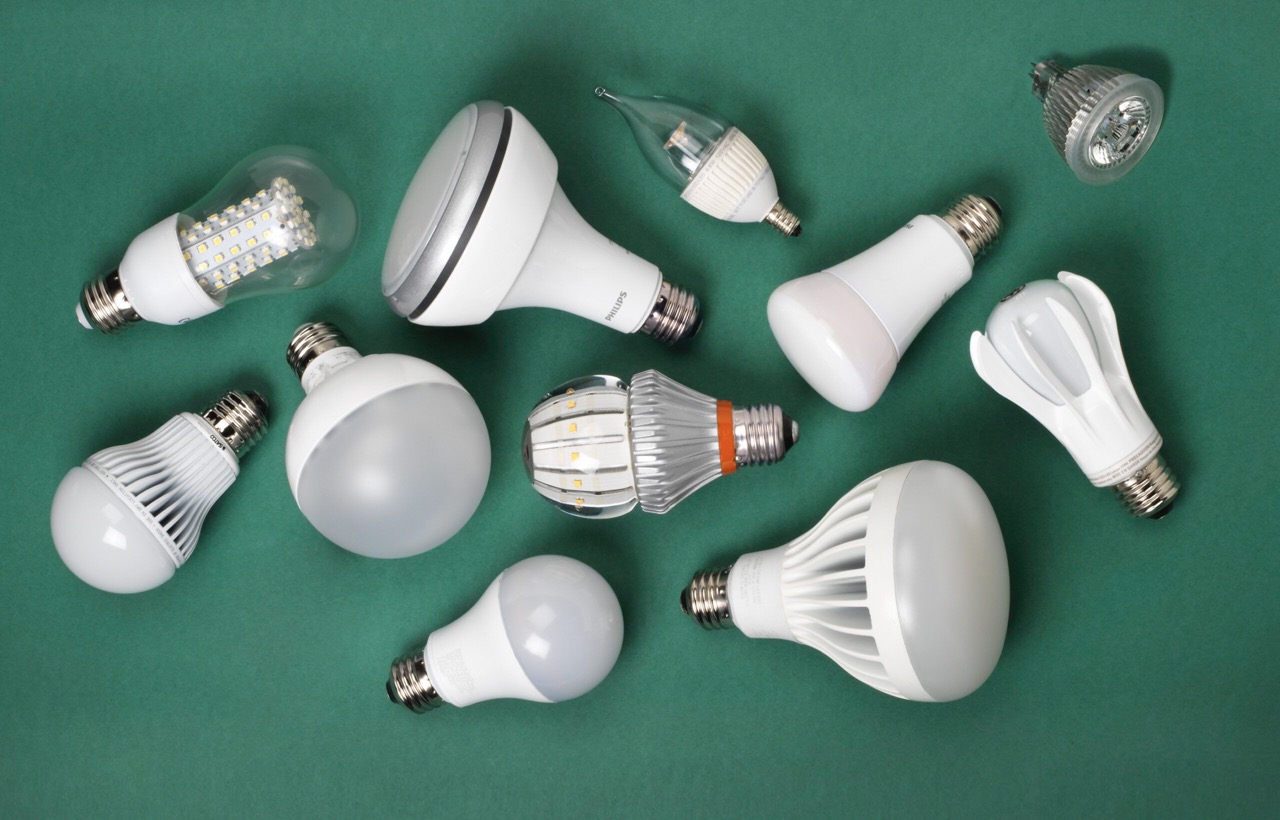

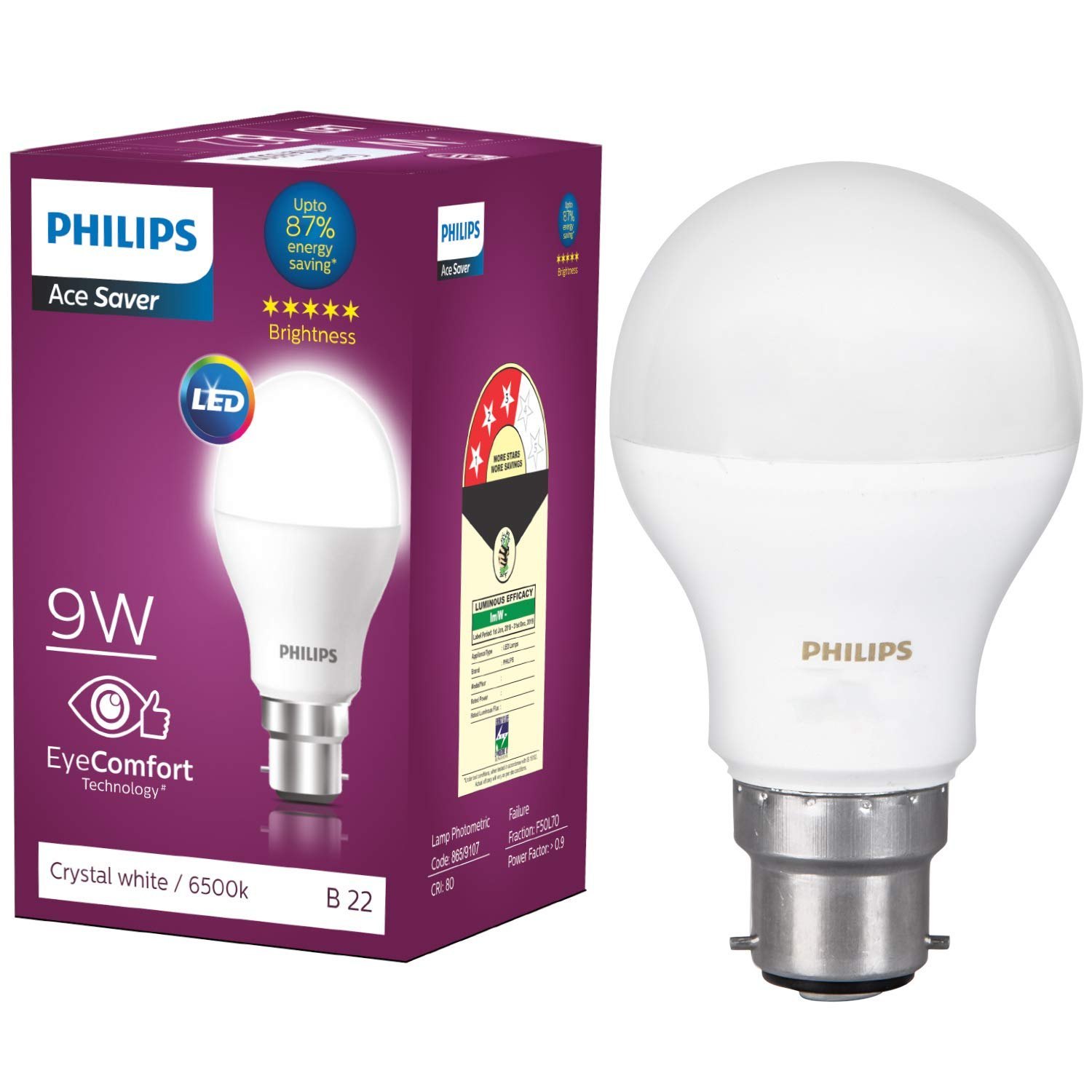
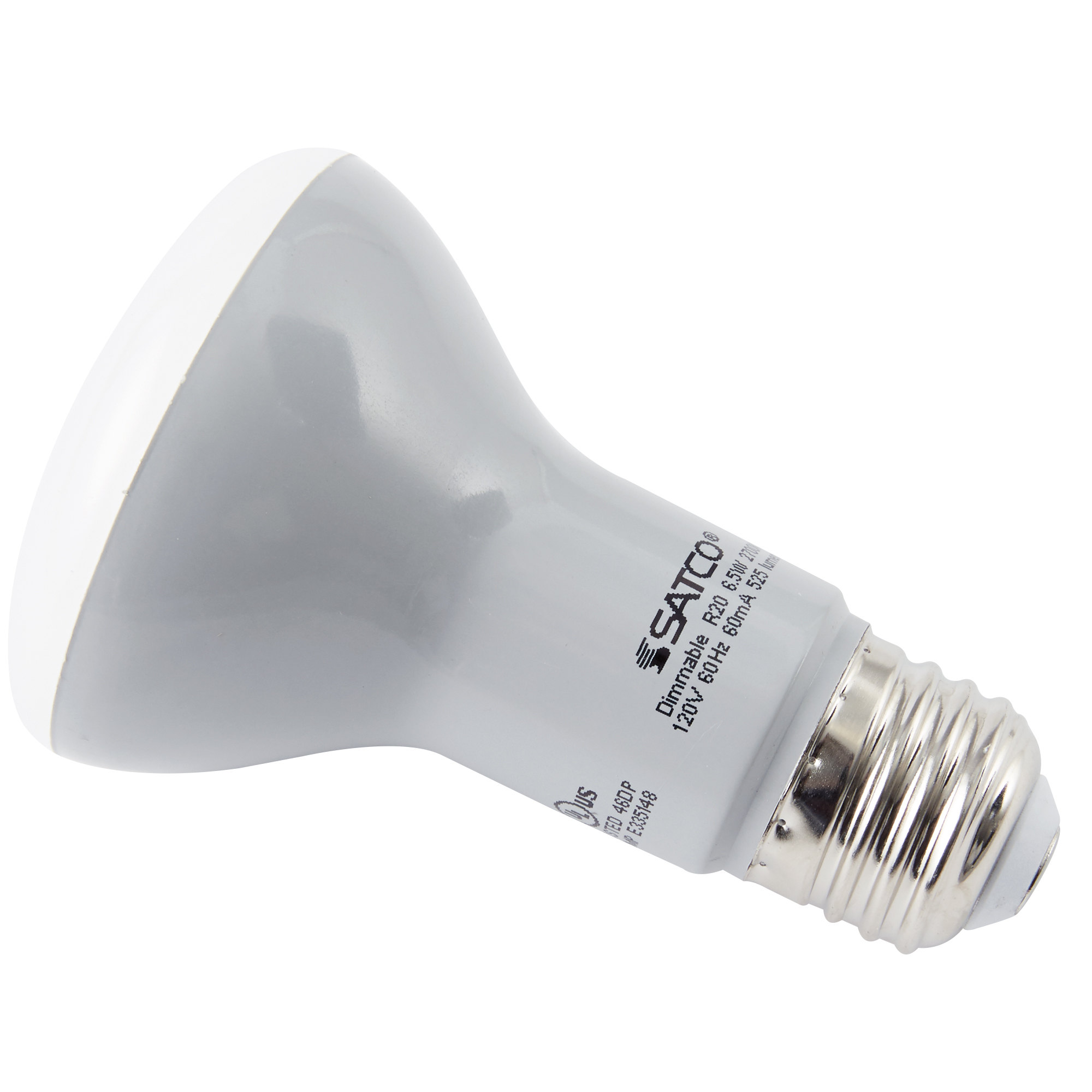
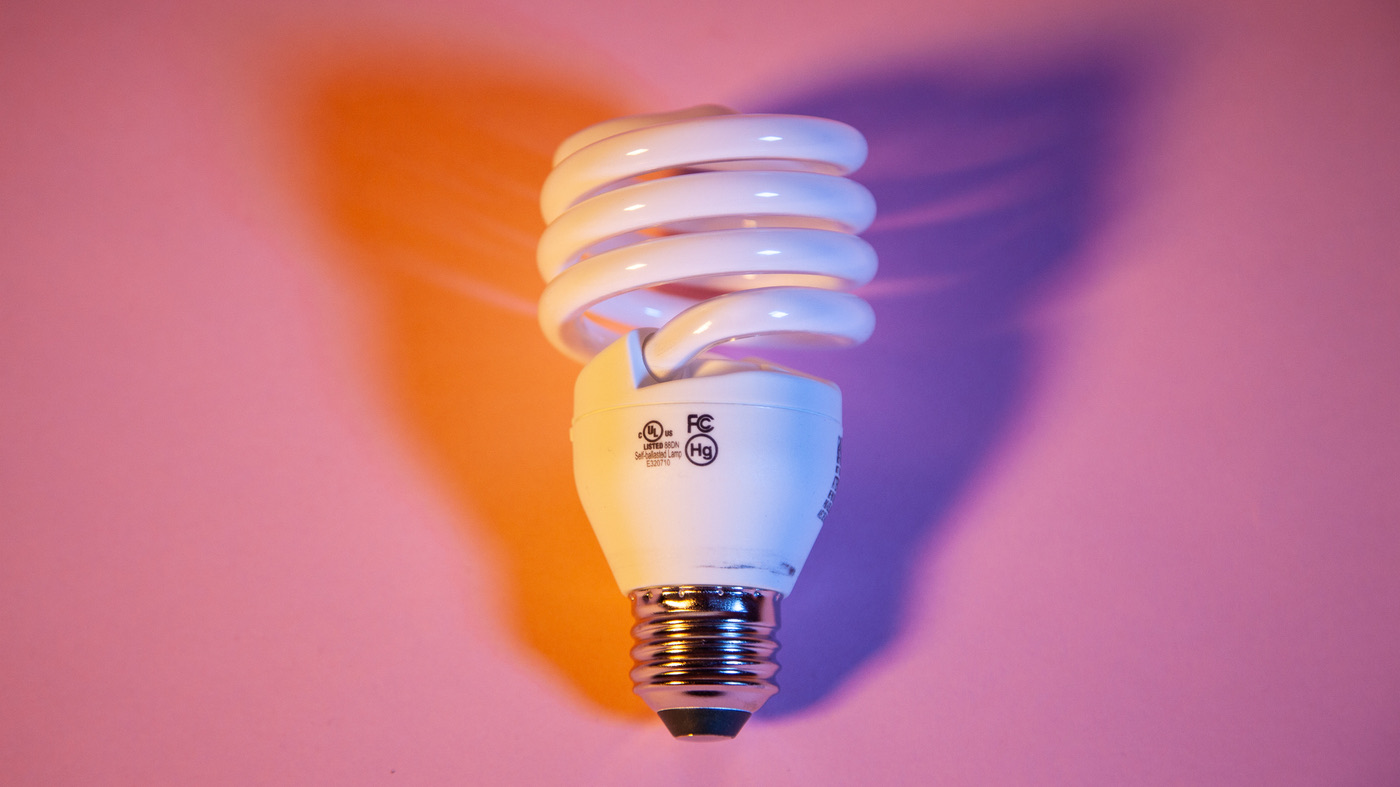
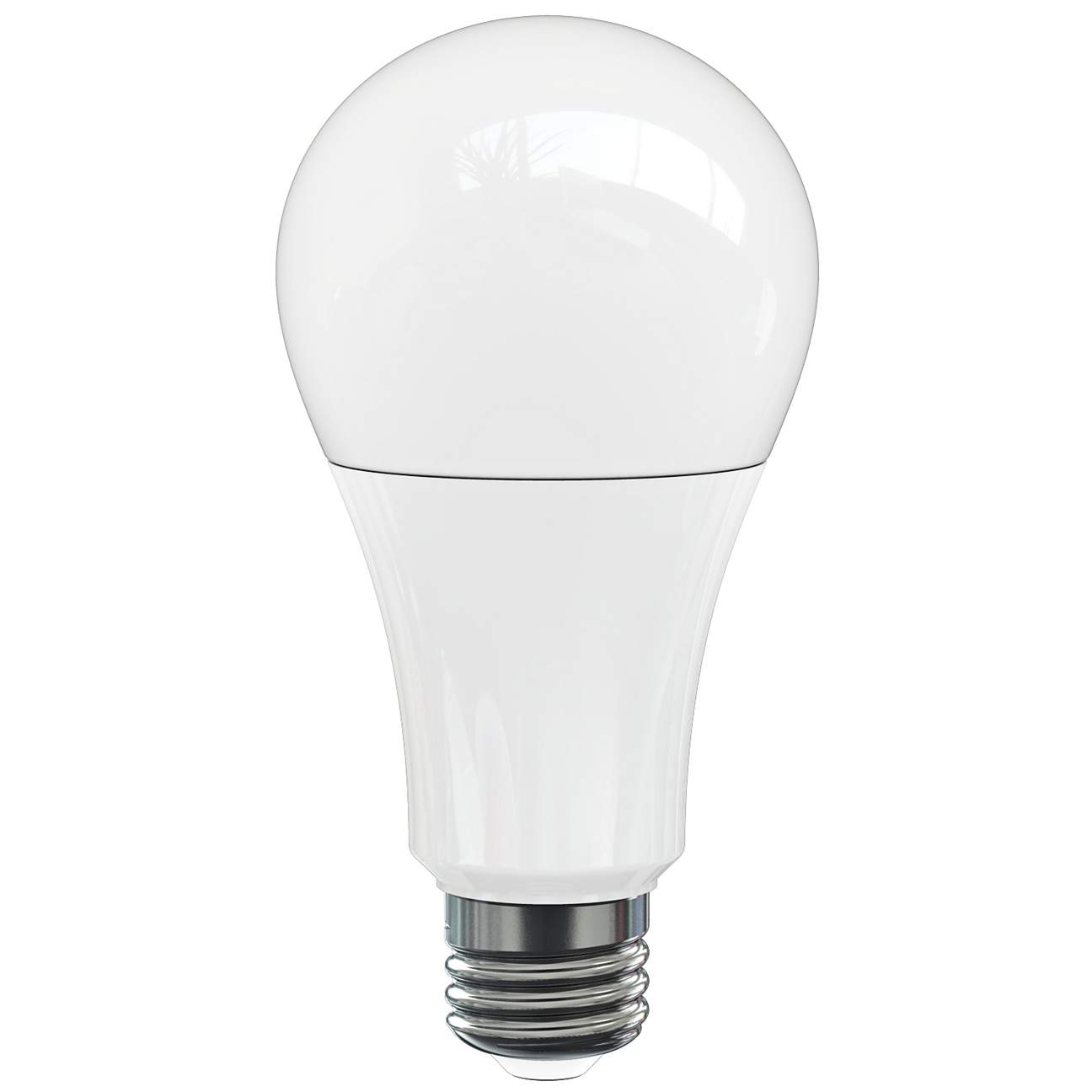
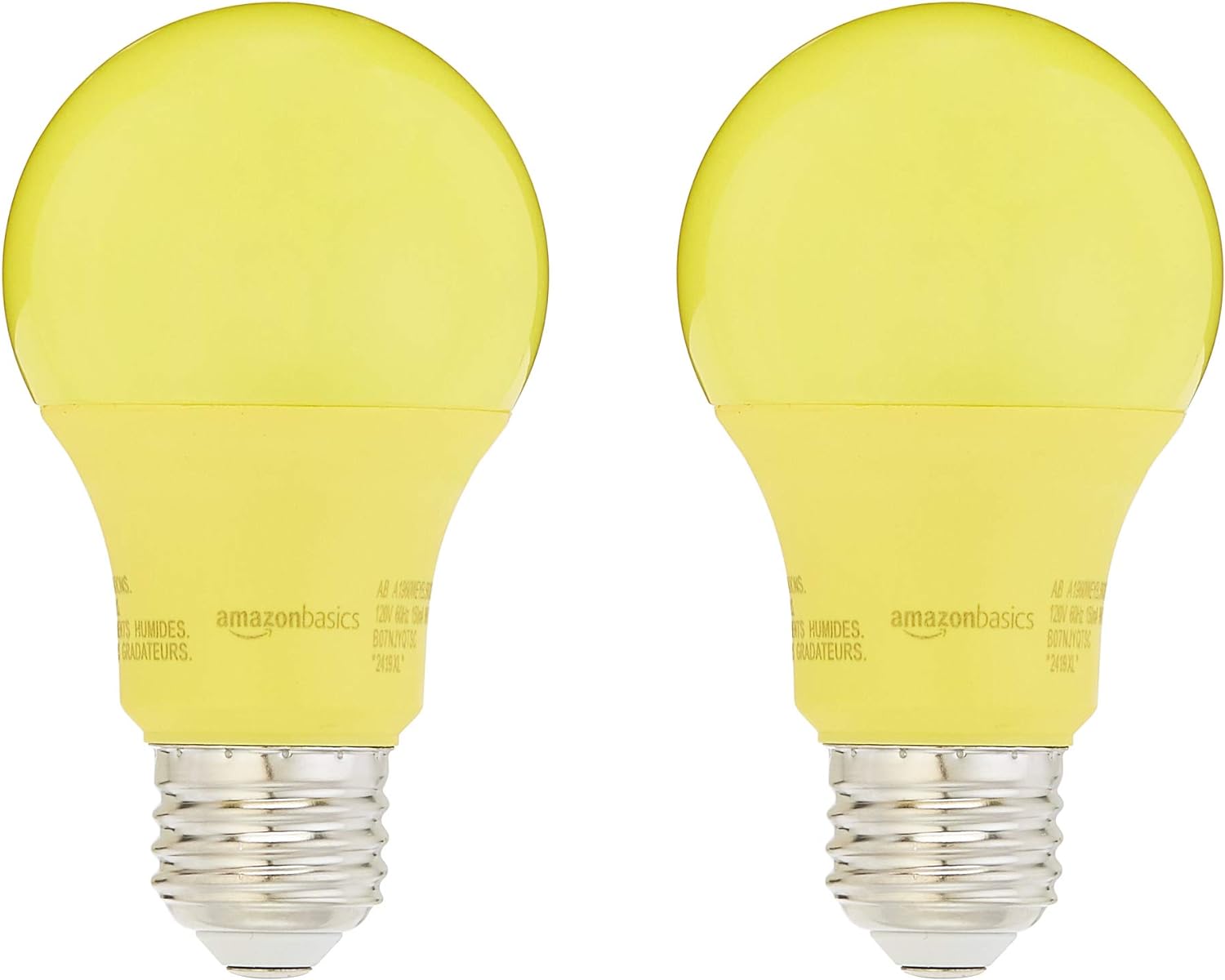
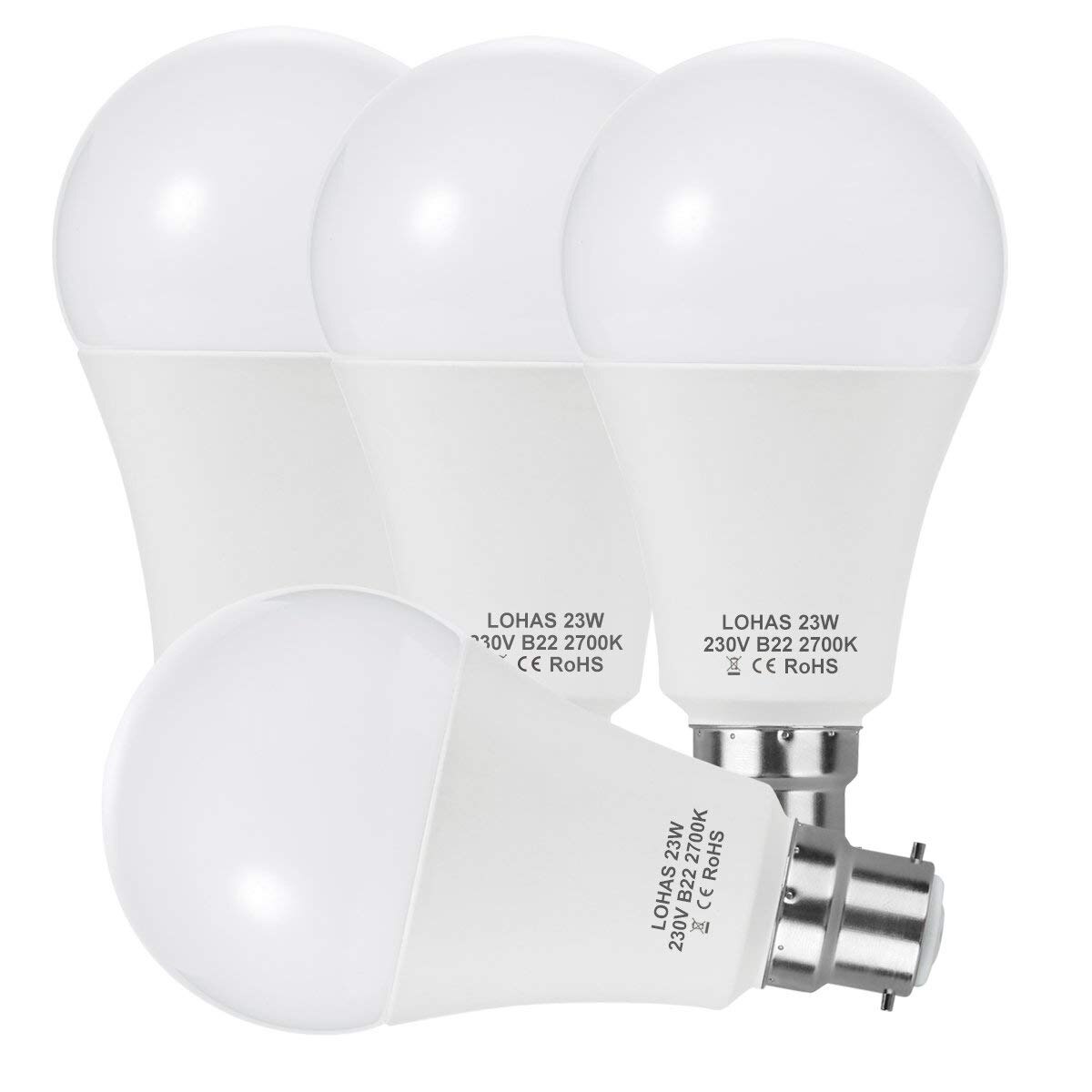
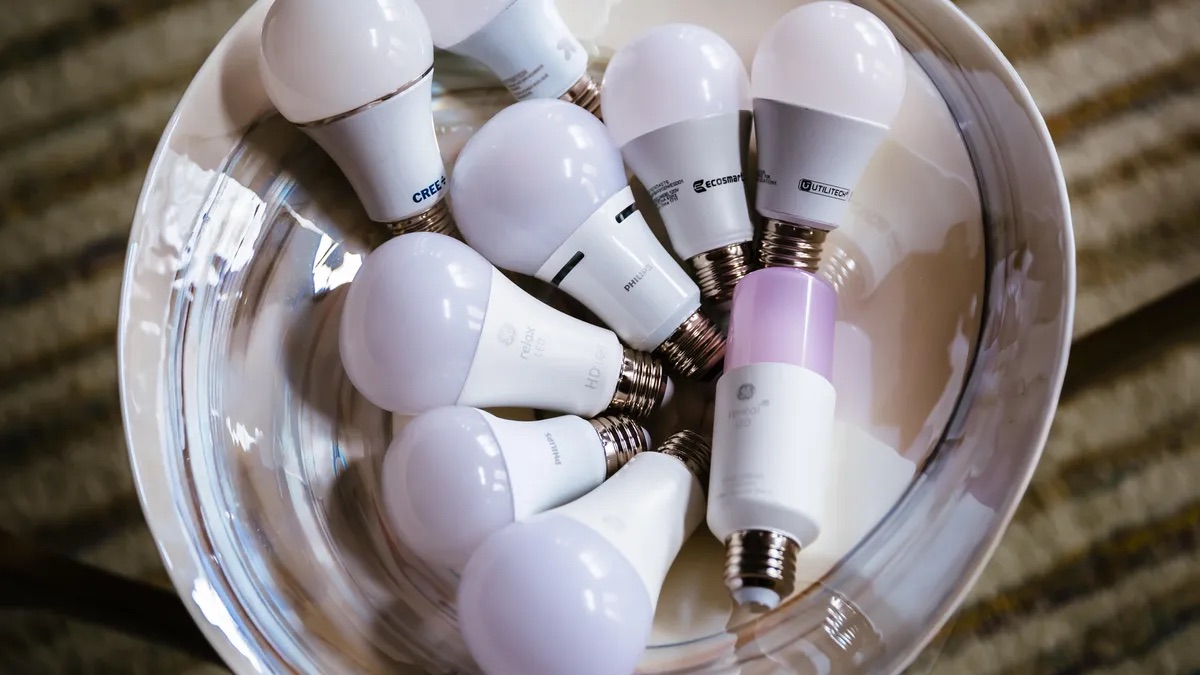
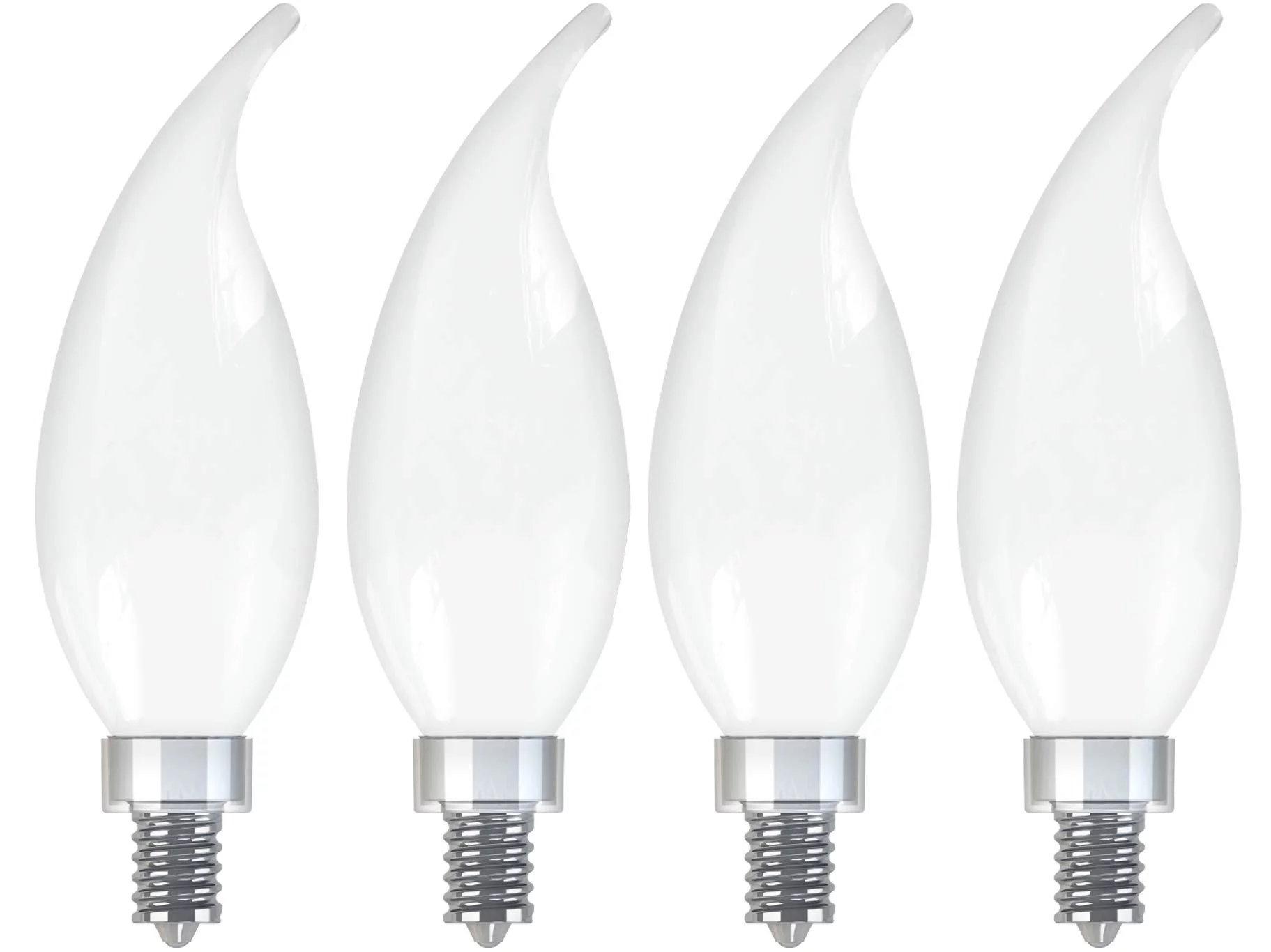
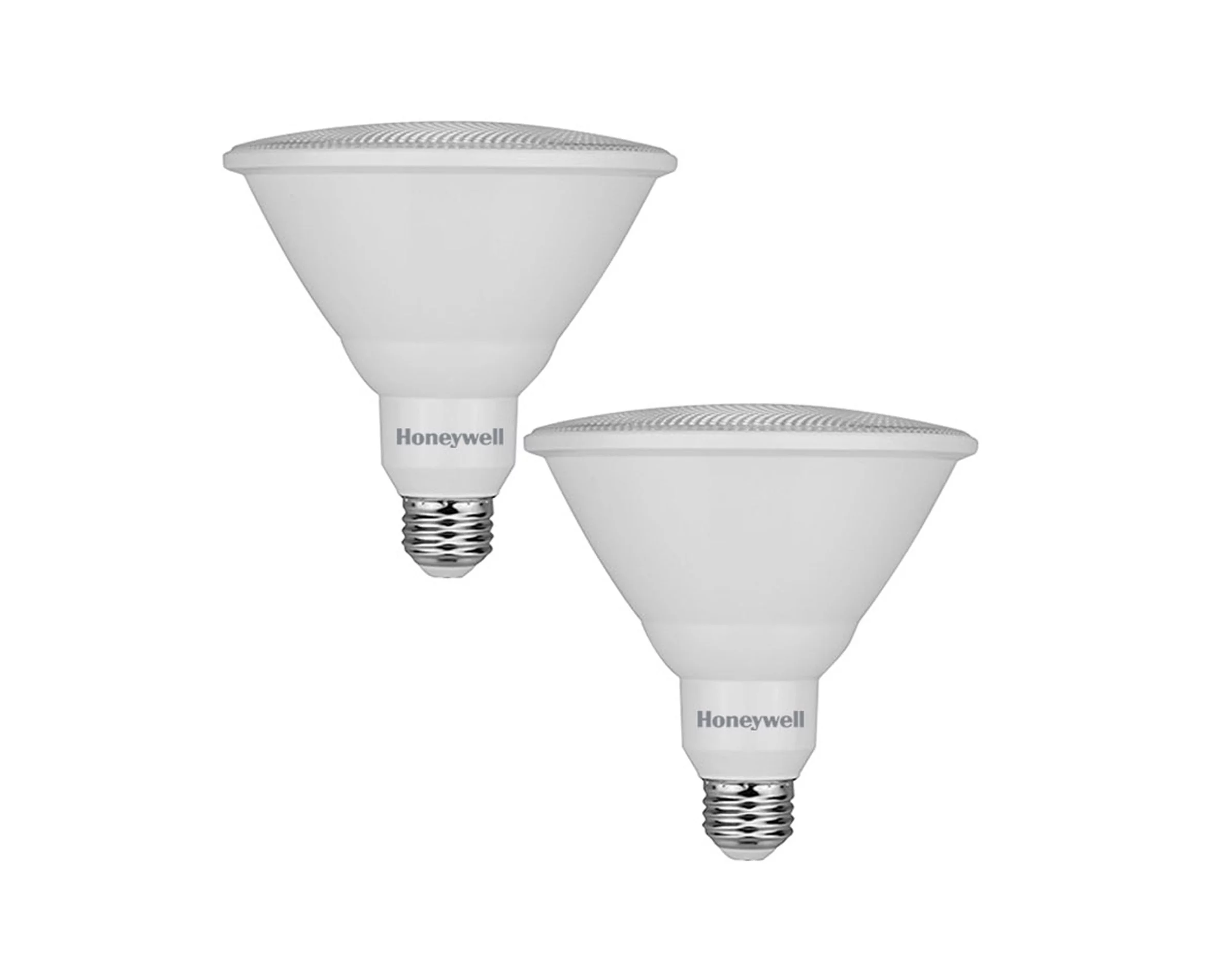

0 thoughts on “What Is Lowest Watt LED Bulb”